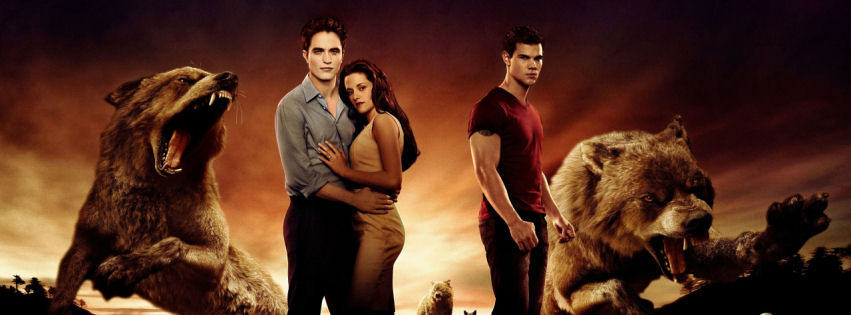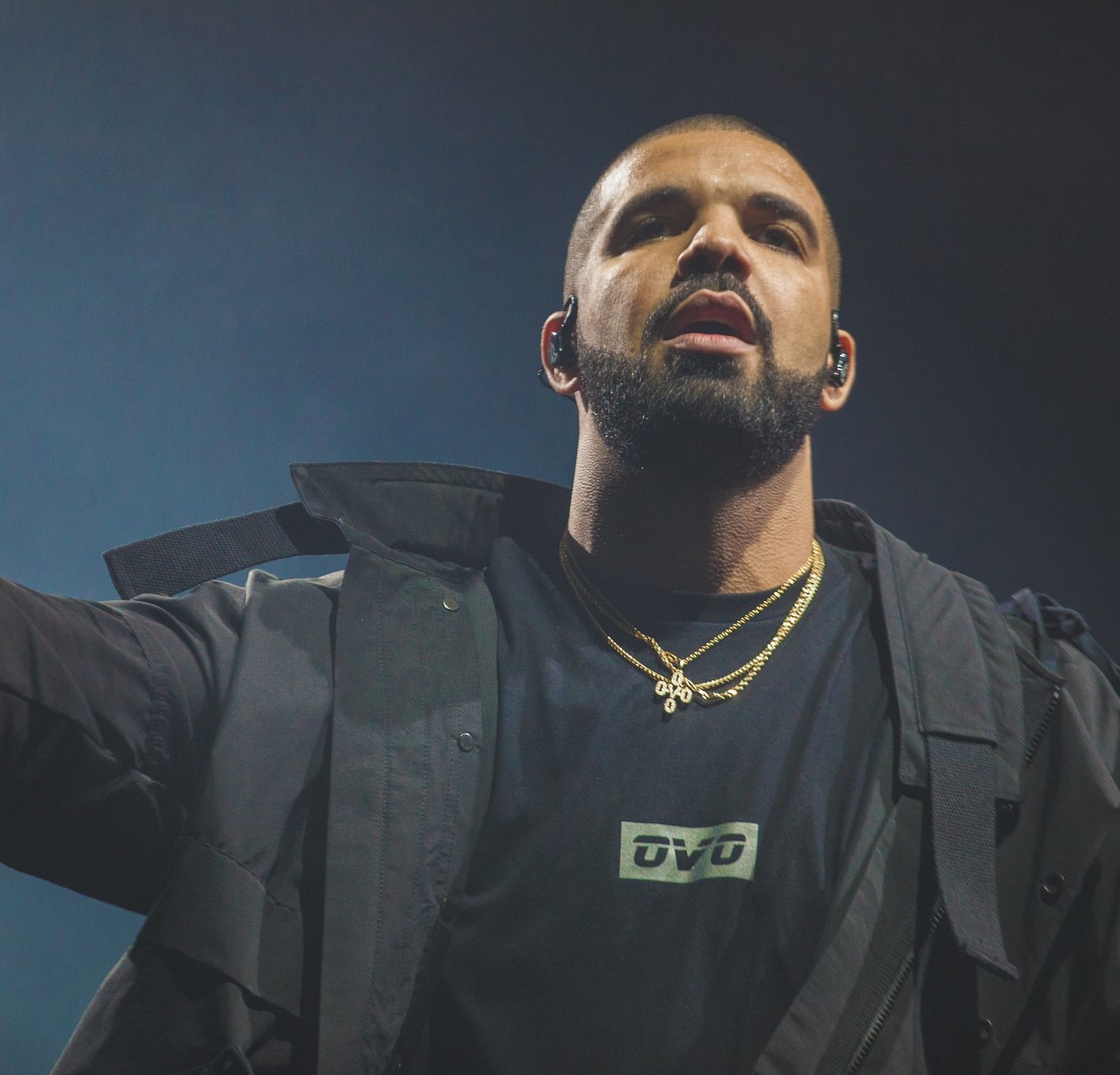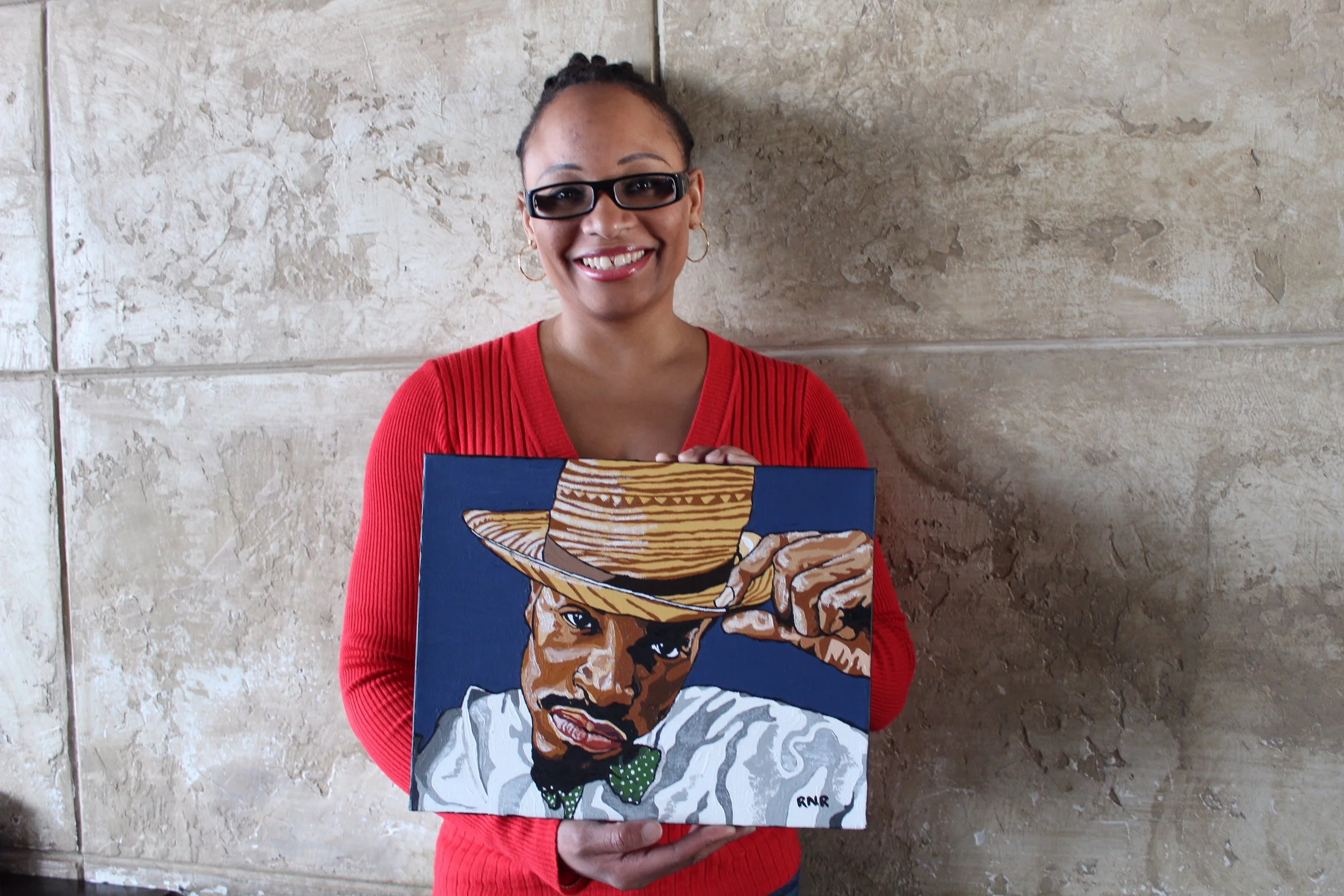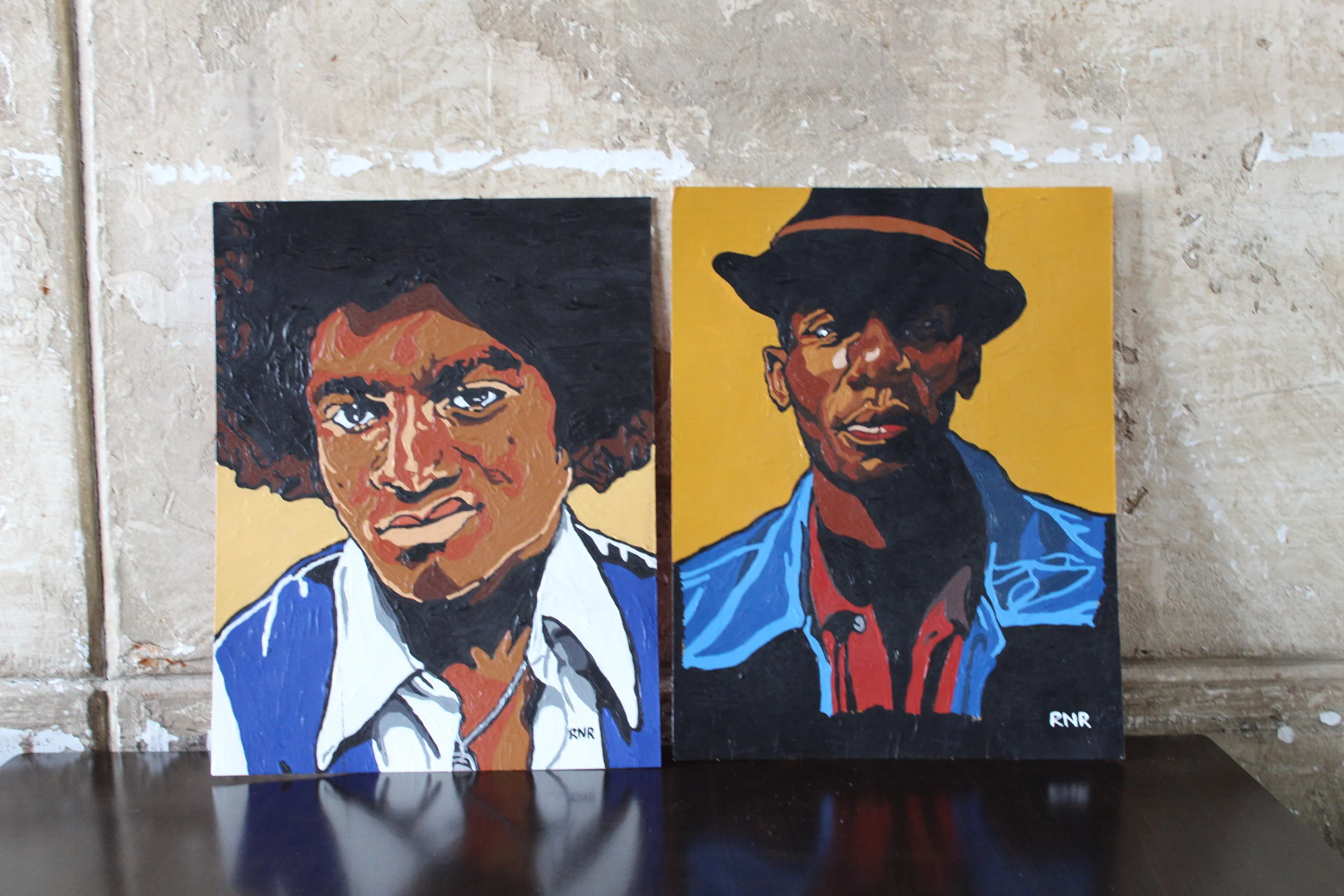Sometimes, home isn’t home, but the heart of another’s
By Melanie Nava Urribarri
(Image by PublicDomainPictures from Pixabay)
You stand in your childhood kitchen. The soft murmurs of your mother tongue tickle your ears as you’re zoned out with the dim evening glow lighting up your peripheral vision. From the stove, familiar smells wrap you up in a warm comfort. You know this is home to you.
For some, such memories are further away than others, feeling more like dreams than a reality they once knew. For some, it goes more like this:
Standing in a dining room, looking at new faces blink with expectations and hearing different words spoken and passed around with uncommon smells overwhelming them. An anxiety pools in their belly, uncertainty rising and taking their breath.
Zoha Naghar, a third-year Pakistani university student at Toronto Metropolitan University (TMU), recalled a similar story from when she was little. She went over to a friend's house and had been nervous to spend dinner there being Muslim and only eating halal food – food deemed permissible under Islamic law.
“I remember I mentioned it to [my friend] maybe at the beginning of the year, and her family asked me to stay for dinner. I said ‘No, I think I'll go home’, just because I don't want to make them uncomfortable.” Her friend was English and unfamiliar with her customs.
“But my friend then said ‘No actually, stay for dinner because we ordered halal food specifically for you,’ and that was weird [to me] because I've never actually felt acknowledged in that sense before,” Naghar said.
A single gesture, one reach of a hand, and everything can change. Unfamiliar places can almost feel as safe as home, and it can be as simple as sharing food and pieces of culture at new dinner tables. In the most innocent ways, this is the importance of cross-cultural communication: the support it can provide to generally isolated communities.
The intermixing of communities and cultures is a common occurrence in Toronto, a top multicultural city according to a BBC study, and it is especially true for the student communities at TMU. The cross-cultural exchanges are experiences students can find most meaningful as a variety of ethnic and cultural communities come together and find home in each other; recognize themselves in others.
It is these stories that are just as important to tell, especially in times of need.
In the past month of October, Jana Alnajjar, president of the Palestinian Culture Club (PCC) at TMU, organized an initiative with the Afghan Student Association to fundraise for different causes – relief for the children of Gaza and for the people of Afghanistan affected by the most recent earthquake. Together, they raised $3,000, but the experience wasn’t just memorable because of its monetary success.
“When I saw everyone coming together, it made me realize that when it comes to humanity, there are no borders,” Alnajjar said. “It's an amazing, amazing feeling just knowing that there's always going to be people behind your back, even if they're not from the same country as you.”
Not long after the conjoined fundraiser, the PCC held an initiative called Keffiyeh Week. Alnajjar clearly remembered the wide variety of non-Palestinian people that were wearing the Keffiyeh (or kuffiyeh), a garment symbolizing solidarity against oppression now woven in the history of a people.
“They were taking the time out of the day to learn about it, and it was a moment at our school that basically brought everyone together, no matter your background or religion, ethnic background as well. What is key is understanding and listening.”
Noor El-Deen Murad, the PCC’s VP of marketing, stated that this sharing, understanding and listening is important in giving others the opportunity to get to know identities without the politicization of an identity.
“People will remember seeing the Palestinian foods, dances, vibrant culture, 10, 20, 30 years from now. [Sharing culture] leaves a lasting impact on people,” Murad said. “We care about humanity. [...] We will support any other club that does initiatives for humanity too.”
The American Psychological Association states that evidence links perceived loneliness and social isolation with depression. As a collective, we are always in the search of escaping loneliness and isolation, and in a land where the sun feels cold and the water currents don’t dance to the same stars of your culture, that can be difficult. It can be suffocating. Escape can not feel possible.
Perceived social isolation without knowing who could possibly understand is dangerous, according to studies. And communities play a large role in this perception.
“As the community's editor at The Eyeopener, if we have an event or an initiative like Keffiyeh Week, for example, I made sure we covered that because although it's not me actively participating in it, it's me bringing awareness to a broader scale,” said Bana Yirgalem, a fourth-year Eritrean student at TMU.
“I would want people to do the same for Eritrea,” Yirgalem added, describing how TMU has a diverse student body, and the importance for students to come to campus and see their cultures being represented in a positive light. Especially as students “tend to wish that the faculties at their programs had people that looked like them.”
Statistics Canada’s 2021 census reported over 450 ethnic or cultural origins in Canada, with immigrants (79.5 per cent) being much more likely than non-immigrants (47.6 per cent) to place importance on ethnic or cultural origins. One in four people in Canada are reported to be part of a racialized group.
At TMU’s Black Business Student Association (BBSA), though the students may not come not from Eritrea, but from different countries like Ethiopia and Kenya, Yirgalem finds a safe space for herself precisely for feeling seen and heard, while growing up she didn’t have peers that looked like her.
“The world is not just one thing. Sometimes you need people around you to show you you are welcome, especially in a country where your ethnic and cultural community is not the majority,” said Cristina Diaz, a Puerto Rican third-year student.
According to Statistics Canada, though diversity may be apparent with the largest populations of South Asian, Chinese, Black, Filipino, West Asian, Latin American, Southeast Asian, and Korean people living in Toronto, close to 70 per cent of Canada’s population reported being white.
“If I have a chance to learn about someone else's culture [then] I will, because this is them finally being able to talk about it, because they're never really given a platform to share, like their background and their experiences,” Naghar expressed.
“I feel like it's important because it just makes us realize that the world is so much bigger than just us and that there's so much more in the world than just what we know.”














































































